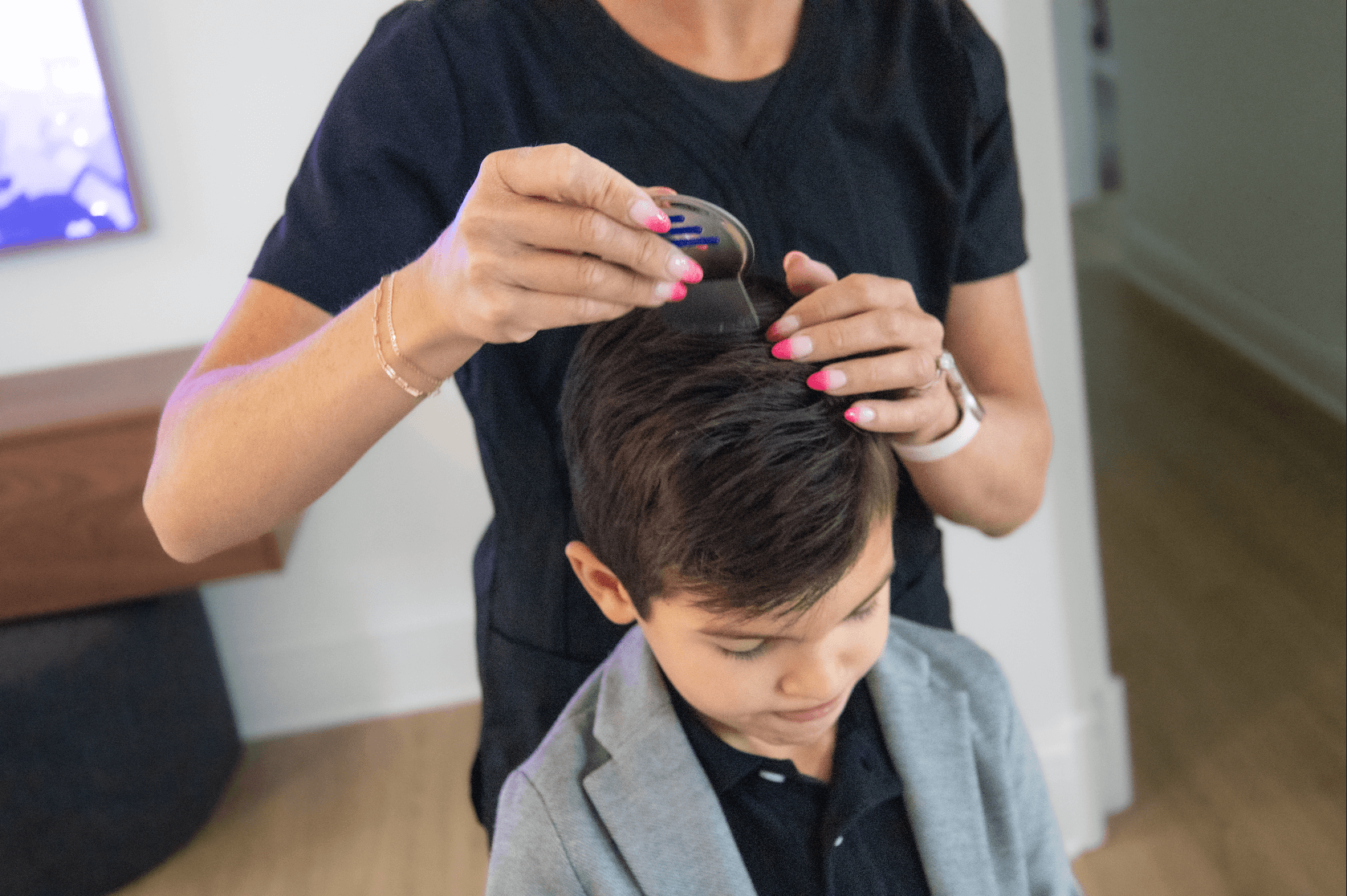
Spotting the Signs: How to Tell if You Have Lice
Head lice can be sneaky little pests, but catching them early can save you from a lot of hassle. Whether you’re noticing a lot of scratching or just want to be cautious, this guide will help you recognize the symptoms of a lice infestation and know when it’s time to get professional help through a lice clinic.
Common Symptoms of Lice Infestation
Recognizing the symptoms of a lice infestation is essential for timely intervention. Here are the primary indicators to watch for:
- Intense Itching: The most noticeable sign, caused by an allergic reaction to lice bites. This itching typically occurs on the scalp and may lead to scratching, which can cause irritation and subsequent wounds.
- Red or Irritated Scalp: Constant scratching can result in redness or irritation on the scalp, which is basically the discomfort visualized.
- Visible Lice: Adult lice are small, about the size of a sesame seed, and may be seen crawling in the hair, particularly near the scalp.
- Nits (Lice Eggs): These tiny, oval, and white or yellowish eggs attach to hair strands close to the scalp. They are often mistaken for dandruff but cannot be easily brushed off.
- Sores and Rash: Scratching may lead to sores, rashes, or even scabs on the scalp in extreme cases.
Where to Look for Lice
Knowing where to search on the scalp can make your inspection more effective. Lice tend to favor certain areas, and focusing on these spots can help you find them faster:
- Behind the Ears: Lice love warmth, and the area behind the ears is a common hiding place.
- At the Nape of the Neck: Lice are often found where the hair meets the neck, as this area provides warmth and protection.
- Along Hair Partings: Part the hair and inspect the scalp, since lice and nits may cling to the hair strands close to the scalp in these areas.
- Around the Crown of the Head: The top of the head is another hot spot where lice may be more active, especially during the early stages of infestation.
Key Differences Between Nits and Dandruff
Nits can often be mistaken for dandruff or other hair debris, but there are important distinctions. Here’s how to tell the difference:
- Nits Are Firmly Attached: While dandruff flakes off easily, nits are glued to the hair and are difficult to remove without a comb.
- Location on the Hair Strand: Nits are usually found within a quarter-inch of the scalp, while dandruff can be anywhere.
- Shape and Color: Nits are oval-shaped and either yellowish or clear before hatching, while dandruff tends to be irregularly shaped and flaky white.
What to Do If You Suspect Lice
If you notice any of these symptoms or see lice, it’s important to take immediate action. Here’s how you can proceed:
- Confirm with a Professional: Visit a lice clinic for an expert diagnosis. They’ll be able to quickly determine if lice are present and recommend the best treatment.
- Check Other Family Members: Lice spread easily within households, so make sure to inspect everyone’s scalp.
- Avoid DIY Solutions: Instead of home remedies or over-the-counter methods, which might not fully eliminate lice, opt for professional lice removal services for effective treatment. The Lice Removal Network can connect you with a trustworthy lice clinic near you.
Why Seeking Professional Help is Essential
While lice can be tricky to spot and even trickier to treat on your own, seeking professional help can make all the difference. Lice clinics offer effective, safe, and fast solutions that go beyond what home treatments provide. Here’s why you should consider going straight to the experts:
- Accurate Diagnosis: Professionals can confirm the presence of lice quickly, ruling out other conditions like dandruff or skin issues that may cause itching.
- Effective Treatment: Licensed lice clinics use specialized tools and products that ensure all lice and nits are fully removed in a single session — no need for multiple treatments or guesswork.
- Preventative Care: After treating the infestation, clinics offer tips and products to help prevent lice from coming back, giving you peace of mind.
Frequently Asked Questions:
How do you know if you have lice infestation?
The first signs of a lice infestation often include persistent itching, red bumps from bites, and the presence of nits near the scalp. A professional lice check can confirm the infestation.
Can lice infestation make you sick?
While lice themselves don’t transmit diseases, their bites can lead to secondary skin infections from scratching. Persistent lice infestations can also cause stress and anxiety.
What does a bad lice infestation look like?
A severe infestation may include a high number of visible lice and nits, red and irritated skin from scratching, and potential matting of the hair. In such cases, it’s essential to seek immediate professional treatment.
